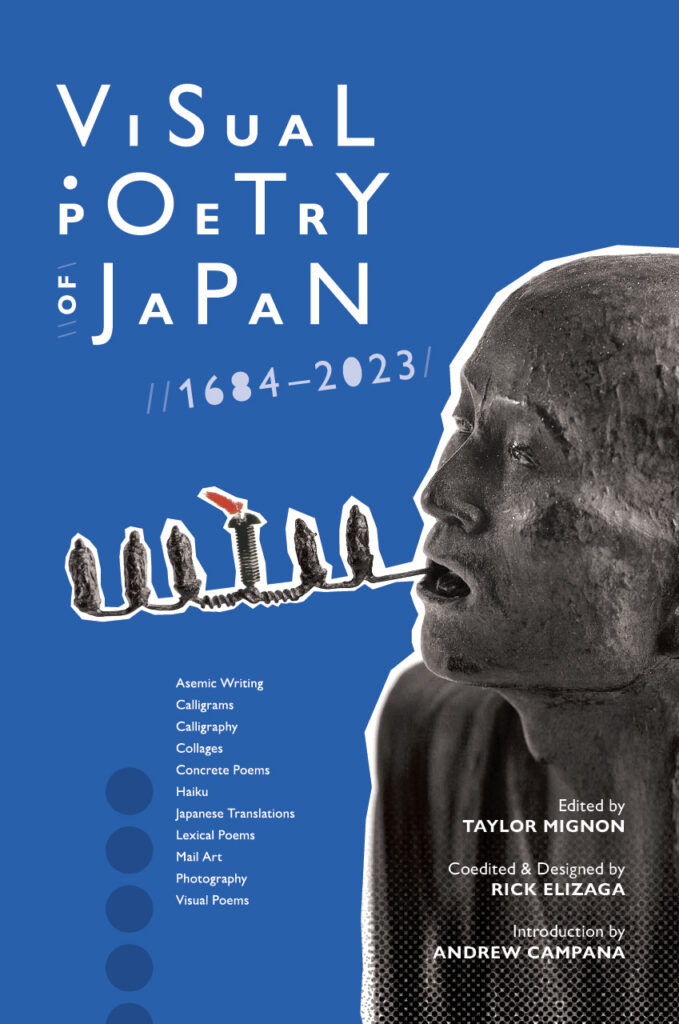
Front cover: Sculpture of the Buddhist monk Kūya, late Kamakura period, with photo manipulation by Shikama Hiroko and Rick Elizaga.
In hardcover and premium paperback:
Visual Poetry of Japan: 1684–2023 collects a multitude of Japanese poetic, aesthetic and visual expressive forms into an overview of works spanning more than 300 years. From visual translations of Bashō to Taishō-era textual manipulation of characters, to Yamamoto Kansuke’s lexical verse and surreal photography to John Solt’s postcard art, this curated set of haiku, calligrams, collages, concrete poems, and other works offers extraordinary visions to the eye, mind and heart.
Get the book
Glossy hardcover with inkjet interior (U.S.):
Matte softcover with premium-printed interior (U.S.):
Glossy hardcover with inkjet interior (Japan):
We expect both hardcover and paperback to be more widely available in the coming weeks, so please stay tuned.
- Asemic Writing
- Calligrams
- Calligraphy
- Collages
- Concrete Poems
- Haiku
- Japanese Translations
- Lexical Poems
- Mail Art
- Photography
- Visual Poems
English, 108 pages, color. Edited by Taylor Mignon. Coedited & Designed by Rick Elizaga. Introduction by Andrew Campana.
Taylor Mignon’s previous books include VOU: Visual Poetry Tokio, 1958-1978 (Isobar Press, 2021) and Bearded Cones & Pleasure Blades: The Collected Poems of Torii Shōzō (highmoonoon, 2013).
“Visual-poetry combines visual art and poetic sensibility by manipulating images and letterforms.”
Karl Jirgens
Writer, editor and professor emeritus at the University of Windsor, Ontario
background image: detail of “AI-Generated 3D poetry,” by Adachi Tomomi, 2023
Photos and video from the Visual Poetry of Japan book launch in Tokyo on Dec. 16, 2023
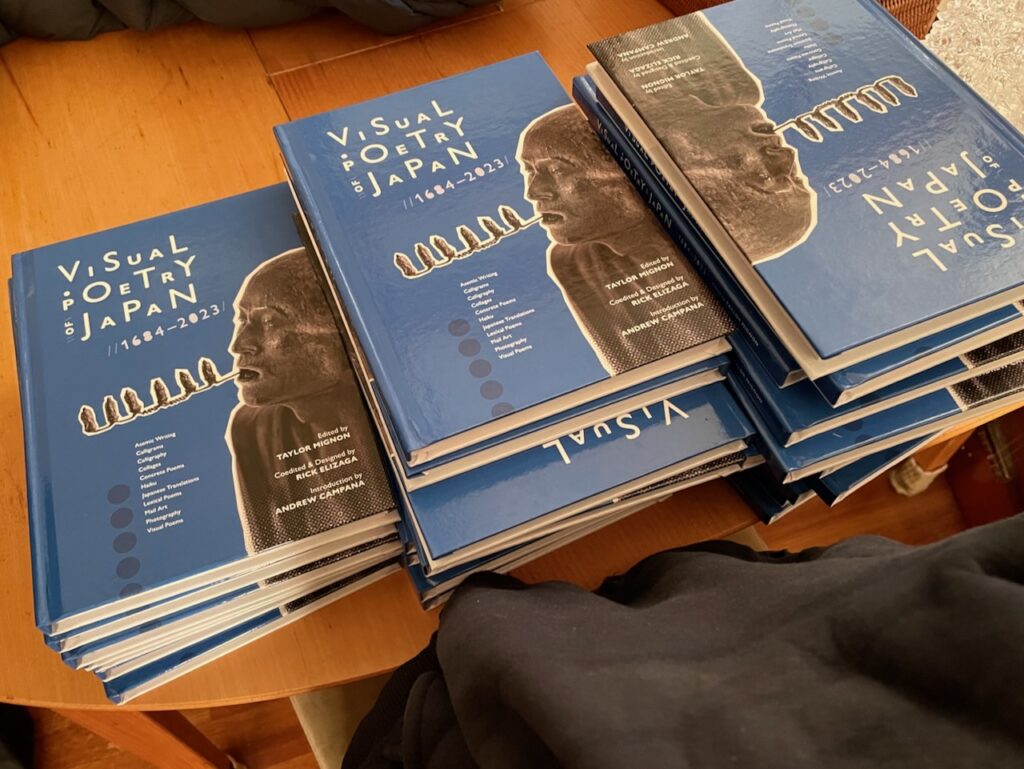
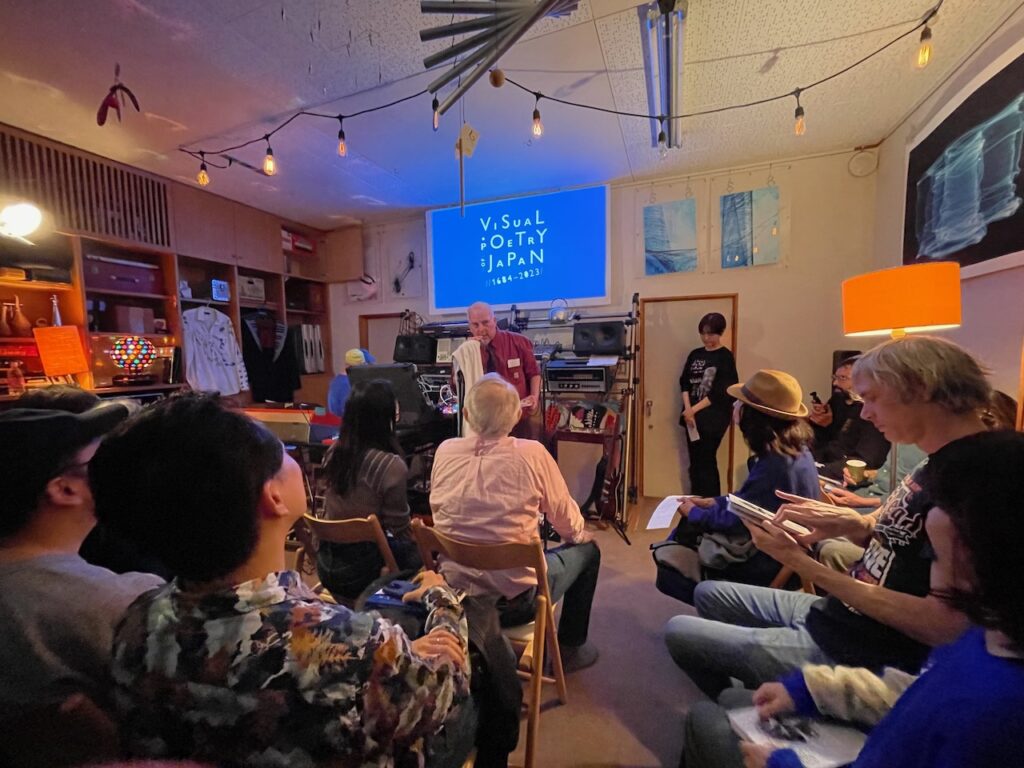
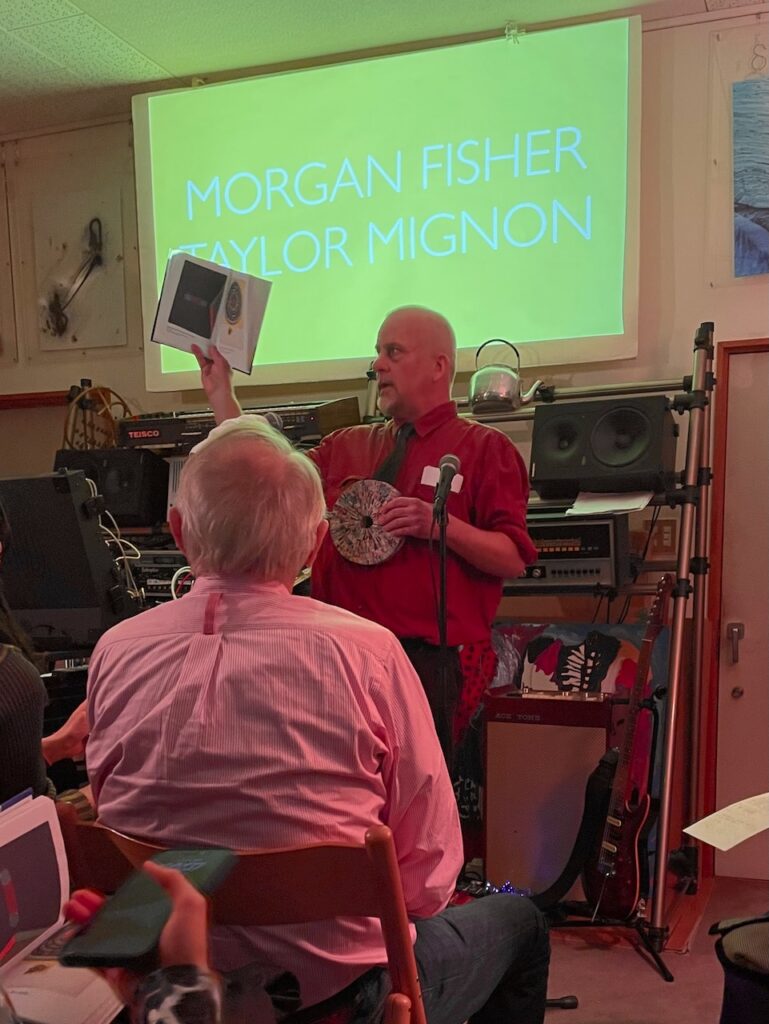
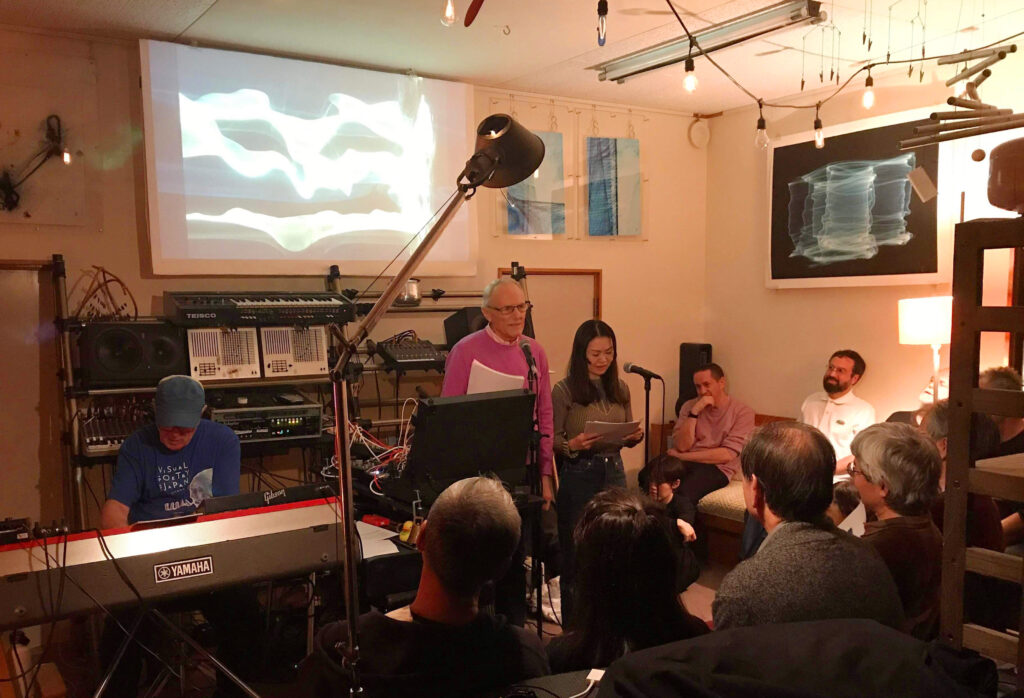
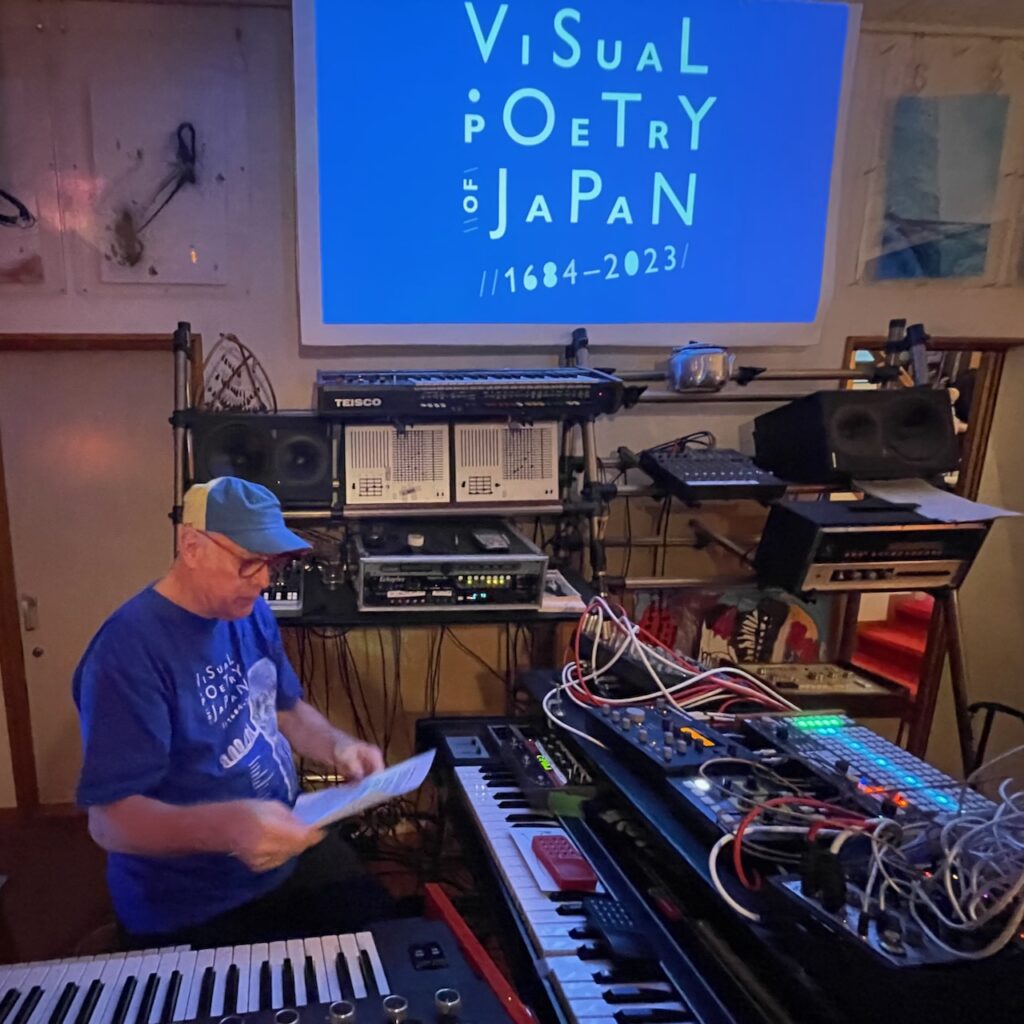
View more video from the book launch.
Sample some of the 110 color pages of Visual Poetry of Japan: 1684–2023
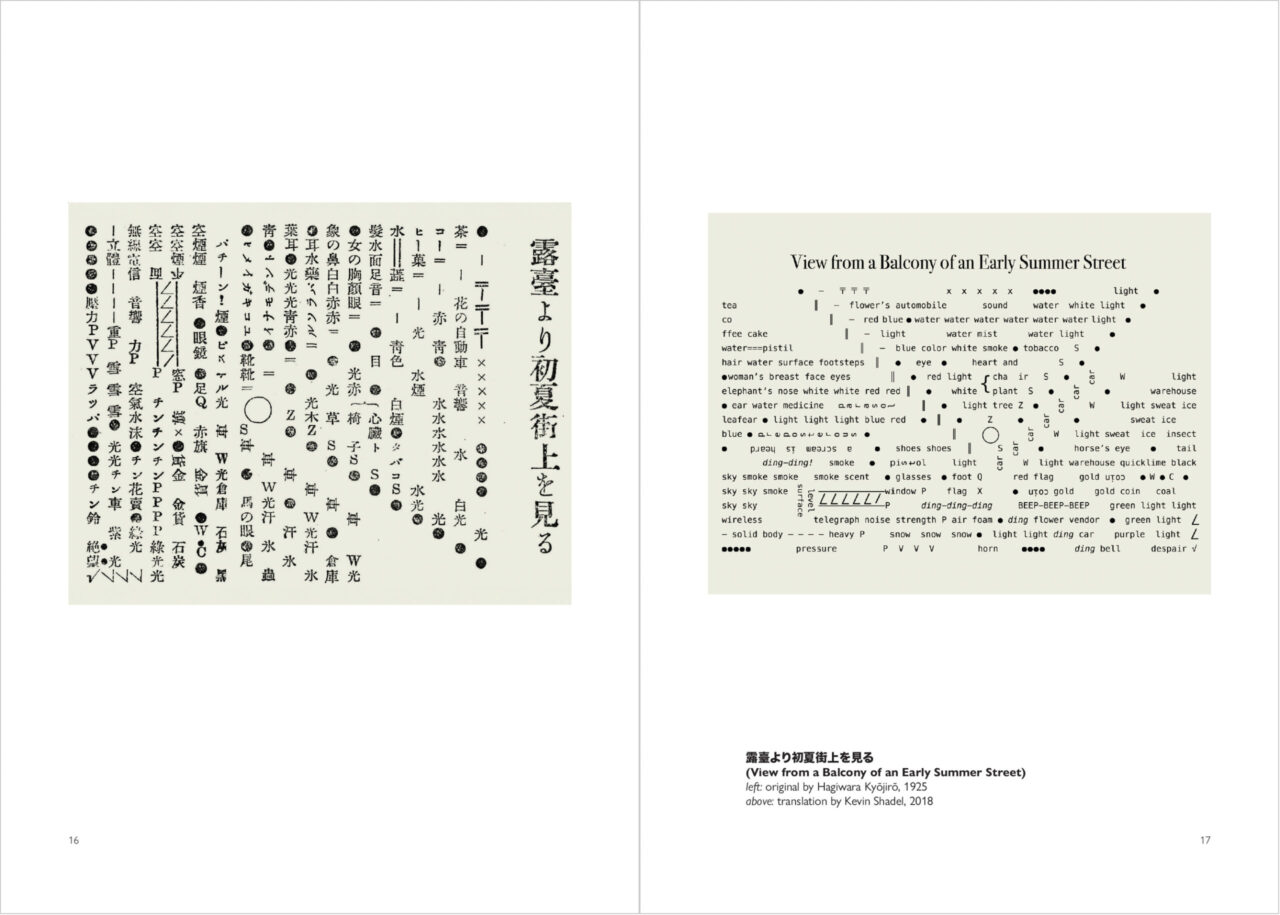
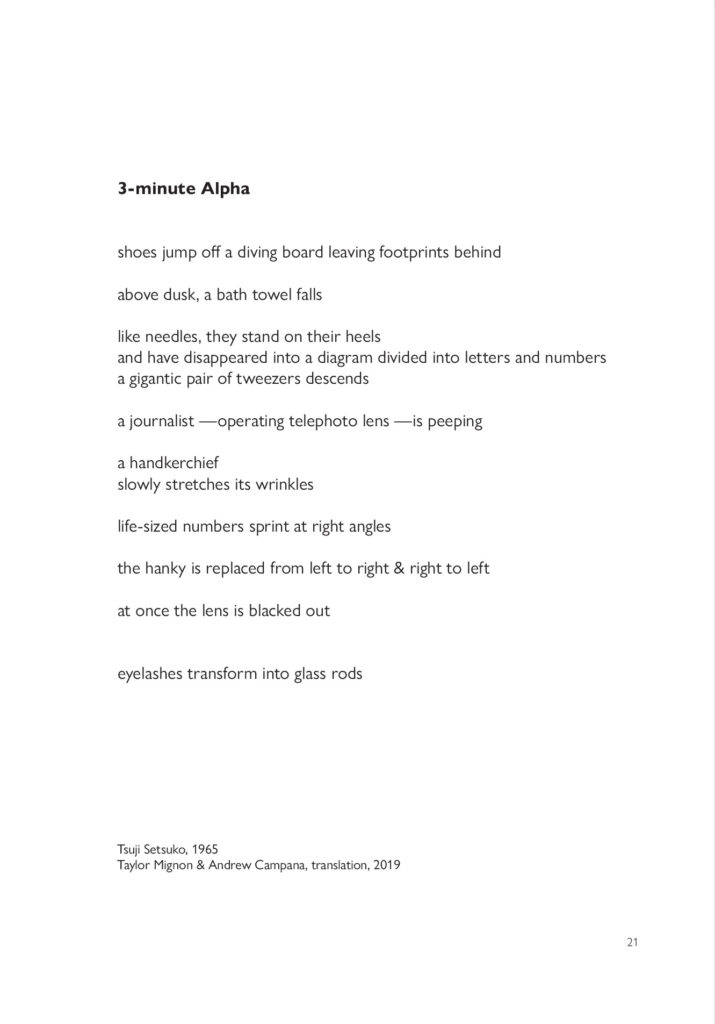
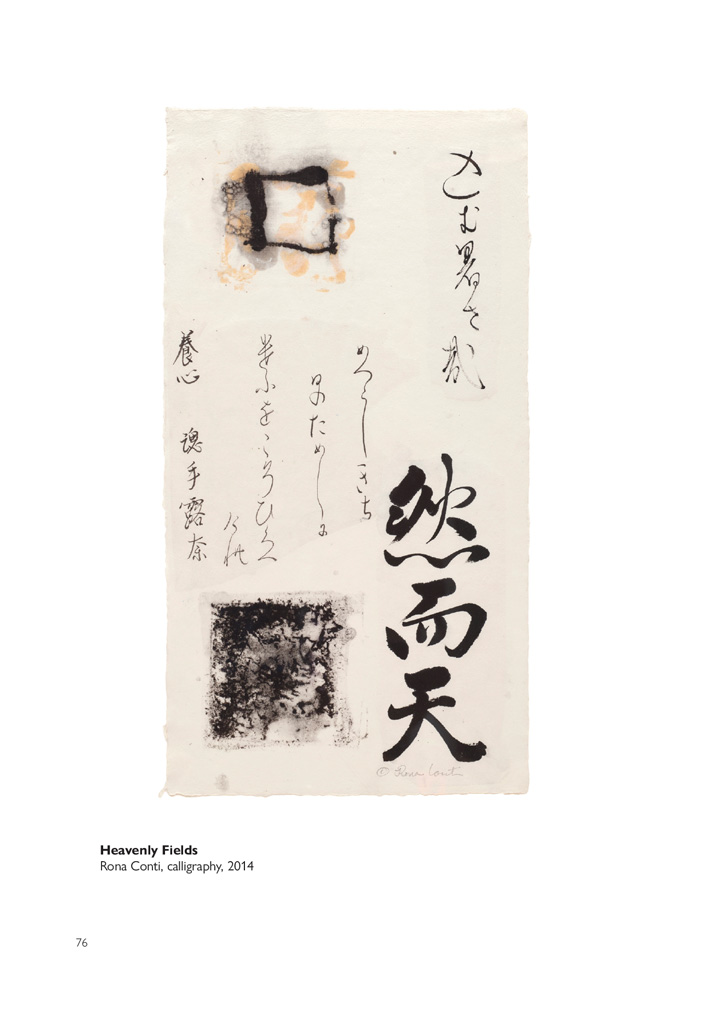
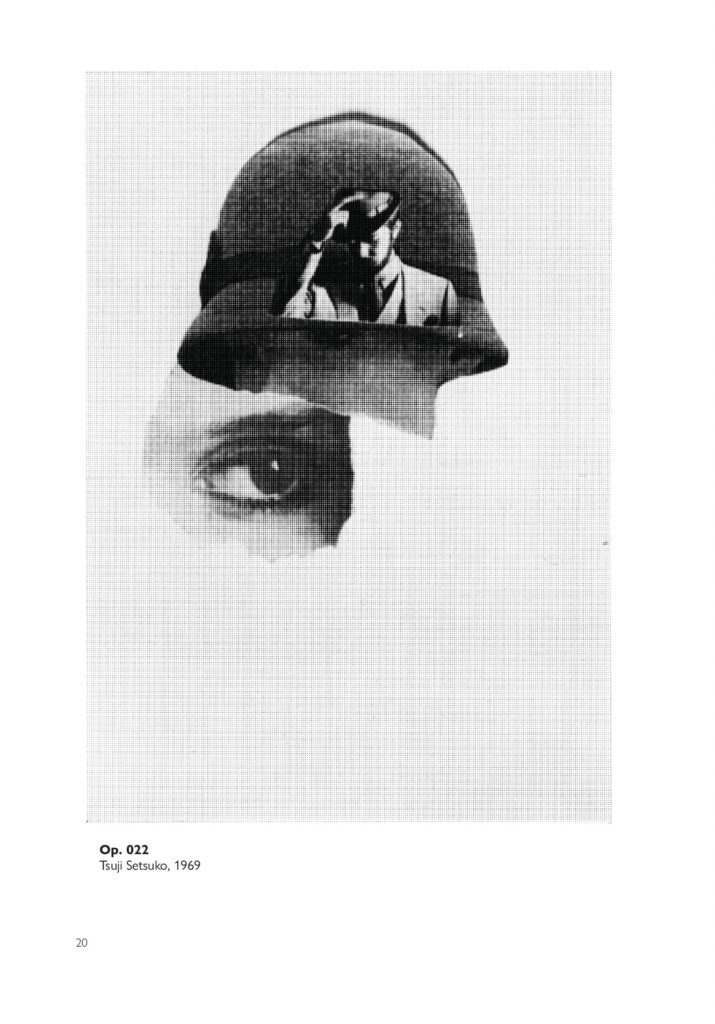
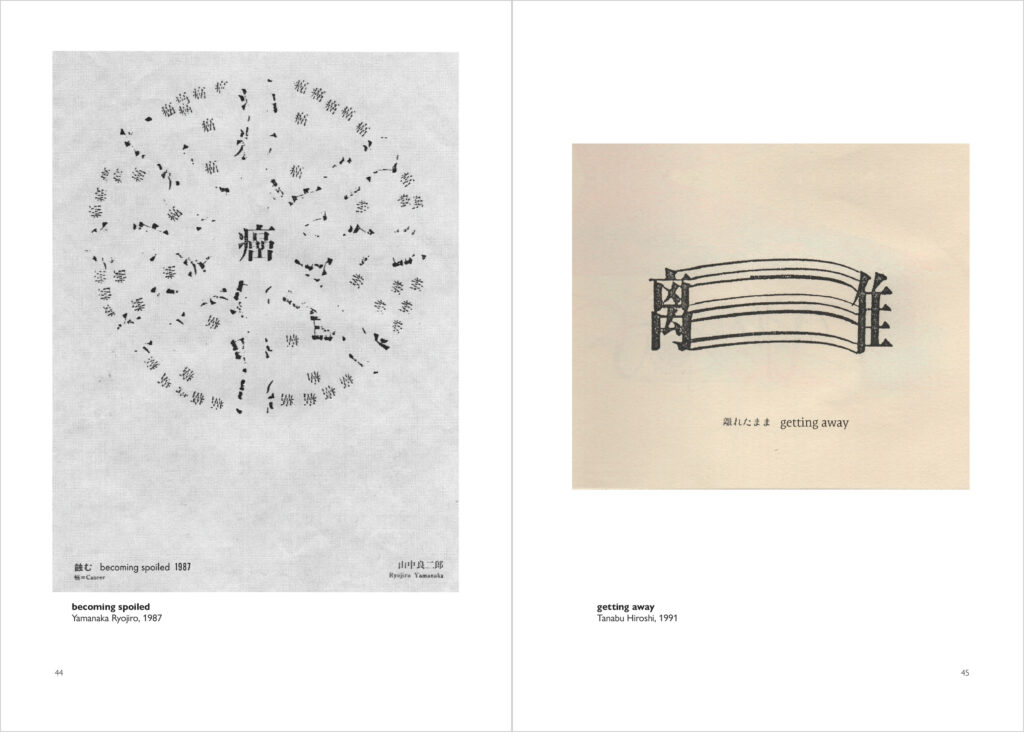
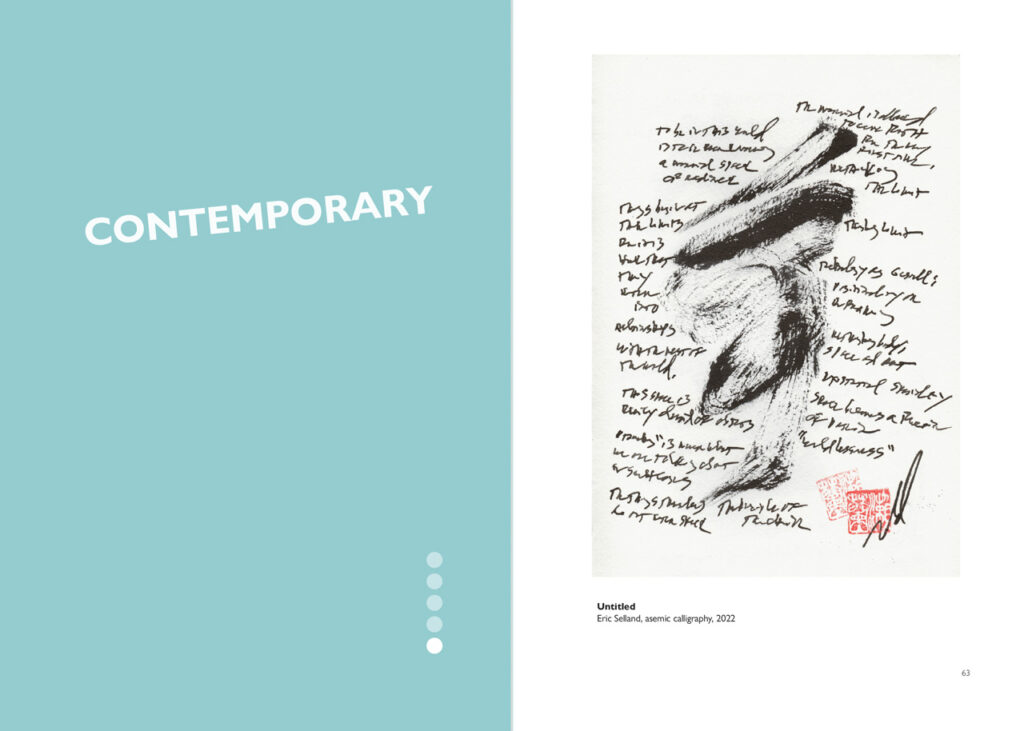
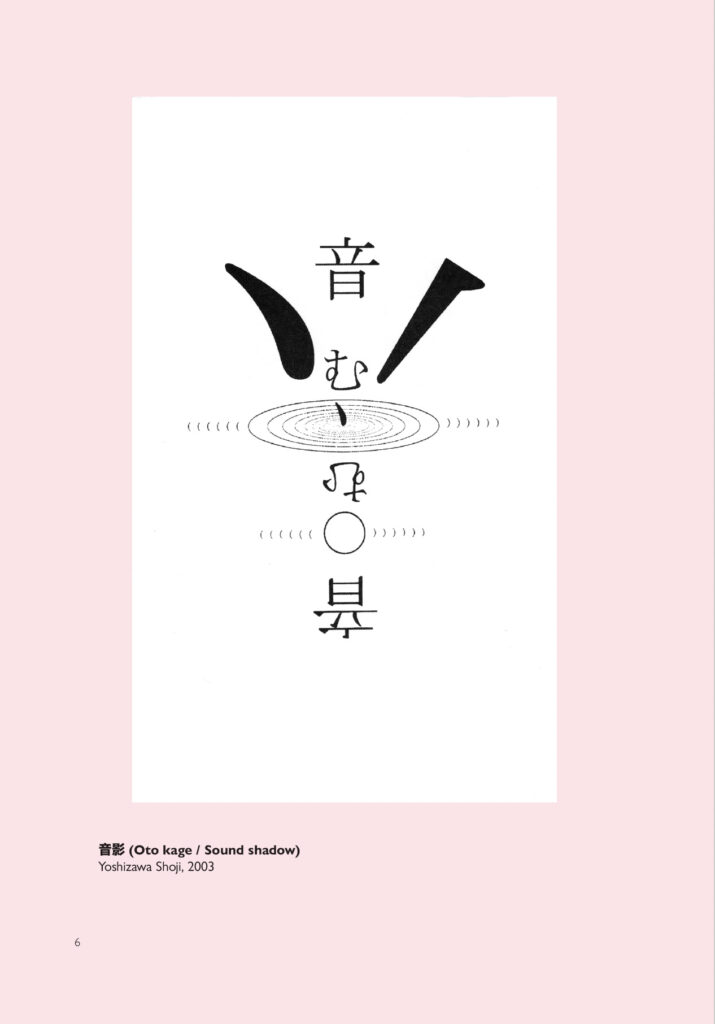
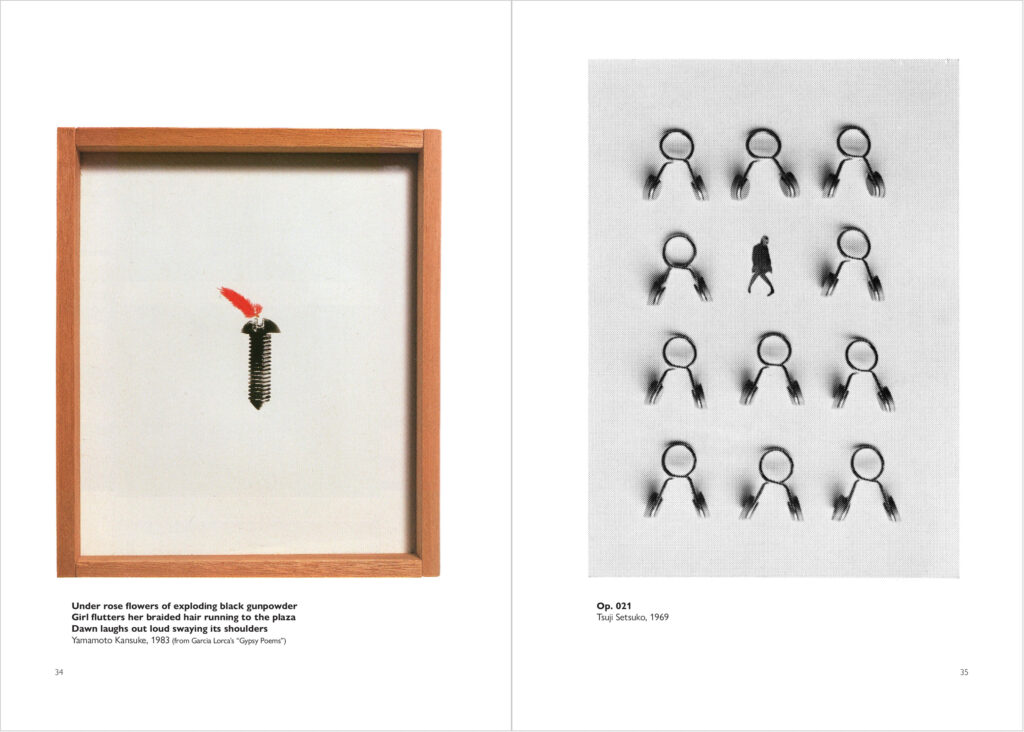
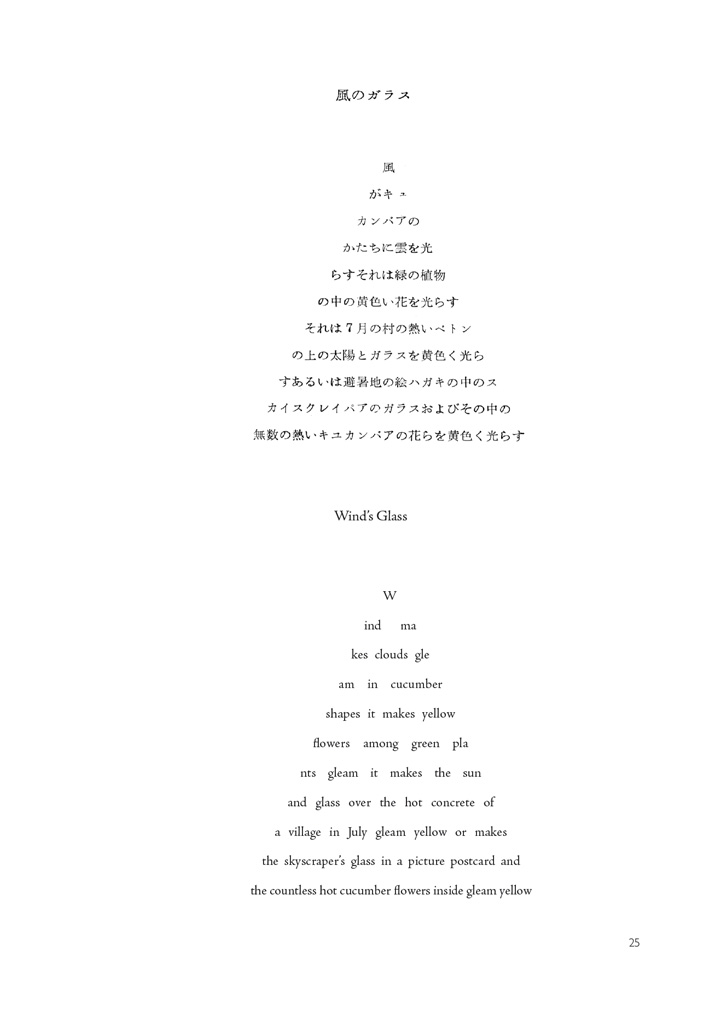
“…these works do something I see as the most valuable thing poetry can do: they invite you to make poems of your own. It’s impossible to read through these and not be inspired with ideas for creating visual poems. They also seem to linger with you and reshape your experience of the world; soon enough, you start to see visual poetry everywhere.”
Andrew Campana
Assistant Professor of Japanese Literature, Cornell University
background image: detail of “Ensemble,” by Renkichi Hirato, 1921
